Home>Home Appliances>Laundry Appliances>How Does A Portable Washing Machine Work
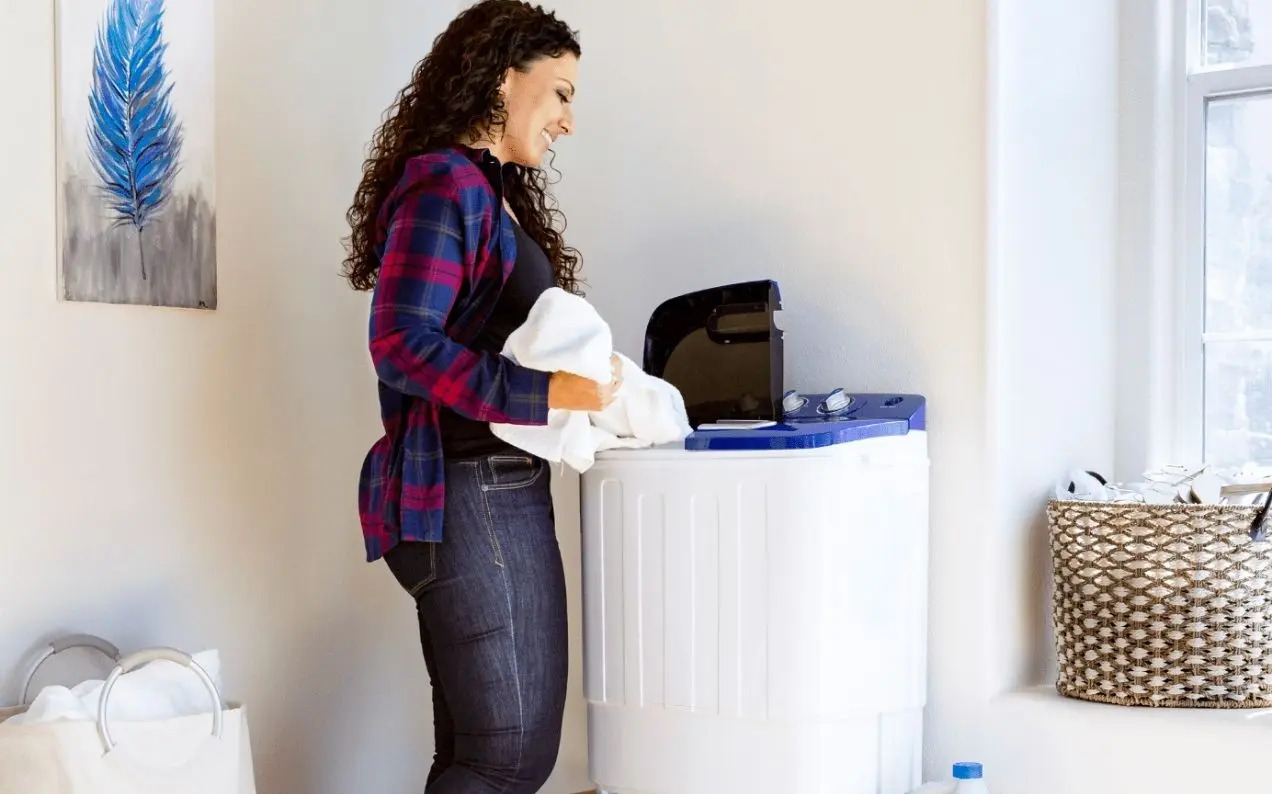

Laundry Appliances
How Does A Portable Washing Machine Work
Published: February 21, 2024
Discover how portable washing machines work and revolutionize laundry chores with these convenient laundry appliances. Explore the benefits today!
(Many of the links in this article redirect to a specific reviewed product. Your purchase of these products through affiliate links helps to generate commission for Storables.com, at no extra cost. Learn more)
Introduction
Portable washing machines have revolutionized the way we do laundry, offering convenience and flexibility for individuals and families alike. These compact and versatile appliances are designed to provide a practical solution for laundry needs in spaces where traditional washing machines may not be feasible. Whether you live in a small apartment, dormitory, RV, or are simply looking for a more convenient way to do laundry, a portable washing machine can be a game-changer.
These innovative appliances are designed to offer the convenience of washing clothes without the need for a dedicated laundry room or hookups. They are compact, lightweight, and can be easily moved from one location to another, making them ideal for small living spaces or for those who are constantly on the move. Despite their smaller size, portable washing machines are capable of delivering impressive cleaning performance, making them a popular choice for those seeking a practical and efficient laundry solution.
In this comprehensive guide, we will delve into the inner workings of portable washing machines, exploring their components, operation, advantages, and maintenance. By understanding how these appliances function and the benefits they offer, you will gain valuable insights into how to make the most of your portable washing machine and keep it running smoothly for years to come. So, let's embark on this journey to uncover the fascinating world of portable washing machines and discover how they can simplify and enhance your laundry routine.
Key Takeaways:
- Portable washing machines are compact, versatile, and easy to use, making laundry convenient for small spaces and on-the-go lifestyles. They save space, energy, and offer customizable wash cycles for efficient cleaning.
- To keep your portable washing machine running smoothly, regularly clean the interior and exterior, inspect hoses and connections, and follow manufacturer’s guidelines. Proper maintenance ensures longevity and optimal performance for hassle-free laundry.
Read more: How Does A Portable Washer Work
Components of a Portable Washing Machine
Portable washing machines are ingeniously designed to incorporate all the essential components required for efficient and effective laundry cleaning within a compact and mobile unit. Understanding the key components of these appliances provides valuable insight into their functionality and highlights the impressive engineering behind their design.
1. Drum and Agitator
At the heart of a portable washing machine is the drum, where the clothes are placed for the washing cycle. The drum is equipped with an agitator, a mechanism responsible for creating the necessary agitation and movement to dislodge dirt and stains from the fabric. Despite the smaller size of the drum in portable washing machines, the agitator ensures thorough cleaning by simulating the tumbling and scrubbing action found in traditional washers.
2. Water Inlet and Drainage System
Portable washing machines are equipped with a water inlet for adding water to the drum and a drainage system for expelling used water. These components are designed to be easily connected to a standard faucet for water supply and drainage. Some models may feature a dual inlet for hot and cold water, allowing for customizable temperature settings to cater to different fabric types and laundry requirements.
3. Control Panel and Settings
Modern portable washing machines are equipped with user-friendly control panels that offer a range of settings and options for customizing the wash cycle. These settings typically include options for water level, wash cycle duration, and rinse cycles, providing users with flexibility and control over the washing process. Additionally, some models may incorporate digital displays and touchpad controls for enhanced convenience and ease of use.
Read more: How Does A Power Washer Work
4. Spin Basket
In addition to the washing drum, many portable washing machines feature a spin basket, which serves the crucial function of extracting excess water from the clothes during the spin-drying phase. This component aids in reducing the overall drying time and moisture content in the laundry, contributing to more efficient and rapid laundry cycles.
5. Compact Motor and Pump
Portable washing machines are equipped with compact yet powerful motors and pumps that drive the washing and spinning actions while efficiently managing water circulation and drainage. These components are designed to deliver optimal performance while minimizing energy consumption, making portable washing machines an eco-friendly and cost-effective laundry solution.
Understanding the intricate components that make up a portable washing machine sheds light on the advanced engineering and thoughtful design that goes into creating these compact yet highly functional appliances. By comprehending the inner workings of these machines, users can make informed decisions when selecting a portable washing machine and maximize its capabilities for their laundry needs.
Operating a Portable Washing Machine
Operating a portable washing machine is a straightforward and user-friendly process that offers the convenience of on-the-go laundry cleaning. To begin, ensure that the machine is placed on a stable surface and connected to a suitable power source. Once the machine is set up, follow these simple steps to initiate the washing cycle:
-
Loading the Drum: Open the lid or door of the washing machine and carefully load the clothes into the drum. It is important not to overload the machine, as this can affect the washing performance and may lead to imbalanced spinning during the drying phase.
-
Adding Detergent: Measure the appropriate amount of detergent based on the load size and fabric type. Most portable washing machines have clear guidelines on the recommended detergent quantity, ensuring optimal cleaning results while minimizing detergent waste.
-
Setting Water Level: Depending on the load size and desired water level, adjust the water inlet to fill the drum to the appropriate level. Some models offer multiple water level settings, allowing for customization based on the specific laundry requirements.
-
Selecting Wash Cycle: Choose the desired wash cycle based on the fabric type and soil level of the laundry. Portable washing machines typically offer options such as normal, gentle, and quick wash cycles, catering to a variety of clothing materials and cleaning needs.
-
Initiating the Wash Cycle: Once the settings are adjusted, start the washing cycle using the control panel or designated buttons. The machine will begin agitating the clothes, effectively cleaning and removing dirt and stains from the fabric.
-
Draining and Spinning: After the wash cycle is completed, the machine will drain the used water and initiate the spin-drying phase. The spin basket will rapidly rotate, extracting excess water from the clothes and expediting the drying process.
-
Removing the Clean Laundry: Once the spin-drying phase is finished, carefully remove the clean and partially dried laundry from the drum. The clothes are now ready for air drying or further drying in a traditional dryer if necessary.
Operating a portable washing machine is a seamless and efficient process that empowers users to conveniently manage their laundry without the constraints of traditional washing machines. By following these simple steps and utilizing the customizable settings, individuals can achieve clean and fresh laundry with minimal effort, making the portable washing machine a valuable asset for modern living.
Advantages of Using a Portable Washing Machine
Portable washing machines offer a myriad of advantages that cater to the diverse needs and lifestyles of modern individuals and families. From flexibility and space-saving design to energy efficiency and convenience, these compact appliances have transformed the laundry experience in numerous ways.
-
Space Efficiency: One of the most prominent advantages of a portable washing machine is its space-saving design. Ideal for small apartments, RVs, dormitories, and other compact living spaces, these appliances eliminate the need for dedicated laundry rooms or extensive installation. Their compact size and mobility make them a practical solution for maximizing space utilization without compromising on laundry capabilities.
-
Portability and Mobility: Unlike traditional washing machines, portable models are lightweight and easy to move, allowing users to adapt their laundry setup to different locations as needed. This portability is particularly beneficial for individuals who relocate frequently or those who require a versatile laundry solution for outdoor activities such as camping or boating.
-
Energy and Water Efficiency: Portable washing machines are designed to be energy-efficient, consuming less electricity and water compared to their larger counterparts. With smaller load capacities, these machines require less water to operate, contributing to reduced water consumption and lower utility costs. Additionally, their efficient washing and spinning actions minimize energy usage, making them an environmentally conscious choice for laundry needs.
-
Convenient Installation and Setup: Setting up a portable washing machine is a hassle-free process, requiring minimal installation and no permanent connections. Users can easily connect the machine to a standard faucet for water supply and drainage, eliminating the need for complex plumbing or professional installation services. This convenience makes portable washing machines an accessible and user-friendly option for a wide range of users.
-
Customizable Wash Cycles: Many portable washing machines offer a variety of wash cycle options, allowing users to tailor the cleaning process to specific fabric types and soil levels. This customization ensures that delicate garments receive gentle treatment while heavily soiled items undergo thorough cleaning, providing versatility and care for diverse laundry requirements.
-
Cost-Effective Laundry Solution: In addition to their energy efficiency, portable washing machines offer a cost-effective alternative to traditional washers, especially for individuals and families with limited laundry needs. Their affordable price point, coupled with reduced water and energy consumption, makes them an economical choice for those seeking practical and budget-friendly laundry solutions.
-
Supplemental Laundry Capacity: For households with traditional washing machines, a portable washing machine serves as a valuable supplemental appliance, offering the flexibility to handle small loads, delicate items, or urgent laundry needs without the need to run a full cycle in the primary washer. This supplemental capacity enhances overall laundry management and provides added convenience for busy households.
The advantages of using a portable washing machine extend beyond mere convenience, encompassing space efficiency, environmental consciousness, and cost-effective laundry solutions. By embracing the versatility and practicality of these compact appliances, users can elevate their laundry experience and adapt to the dynamic demands of modern living.
Read more: How Does A Washing Machine Work
Maintenance and Care for Portable Washing Machines
Proper maintenance and care are essential for ensuring the longevity and optimal performance of portable washing machines. By implementing regular maintenance practices and adopting appropriate care measures, users can preserve the functionality of their appliances and prevent potential issues that may arise over time. Here are key guidelines for maintaining and caring for portable washing machines:
-
Cleaning the Interior and Exterior: Regularly wipe down the interior and exterior surfaces of the washing machine to remove any accumulated dust, detergent residue, or lint. Use a mild detergent solution and a soft cloth to clean the exterior, while the interior can be wiped with a damp cloth to maintain cleanliness and hygiene.
-
Inspecting Hoses and Connections: Periodically inspect the water inlet and drainage hoses for any signs of wear, leaks, or blockages. Ensure that the hoses are securely connected and free from kinks or damage. Address any issues promptly to prevent water leakage and maintain efficient water flow during the washing and draining processes.
-
Descaling and Cleaning the Water Inlet: If the portable washing machine is used in an area with hard water, mineral deposits may accumulate in the water inlet. To prevent clogging and maintain proper water flow, it is advisable to descale the water inlet periodically using a vinegar solution or a commercial descaling agent. This helps to remove mineral buildup and ensures consistent water supply to the machine.
-
Maintaining the Spin Basket: Inspect the spin basket for any obstructions or foreign objects that may impede its rotation. Clear any debris or items that may have inadvertently entered the spin basket to prevent damage to the machine during the spinning phase. Additionally, ensure that the spin basket is balanced and operates smoothly to avoid excessive vibration during spinning.
-
Checking the Agitator and Drum: Periodically examine the agitator and drum for any trapped items, such as small garments or loose threads, that may hinder their movement during the wash cycle. Clear any obstructions to maintain the effectiveness of the washing action and prevent strain on the machine's components.
-
Securing the Power Cord: Verify that the power cord is in good condition and free from fraying or damage. Ensure that the power cord is not pinched or entangled during use, and avoid placing heavy objects on the cord to prevent potential hazards and electrical issues.
-
Following Manufacturer's Guidelines: Adhere to the manufacturer's instructions and recommendations for maintenance, including specific cleaning procedures, usage guidelines, and any additional care instructions. Following these guidelines can help preserve the warranty coverage and ensure the safe and efficient operation of the portable washing machine.
By incorporating these maintenance practices into their routine, users can uphold the functionality and reliability of their portable washing machines, prolonging their lifespan and optimizing their performance for years to come. Regular care and attention to the machine's components and operational aspects contribute to a seamless and trouble-free laundry experience, making the portable washing machine a valuable and enduring asset in any household or living space.
Frequently Asked Questions about How Does A Portable Washing Machine Work
Was this page helpful?
At Storables.com, we guarantee accurate and reliable information. Our content, validated by Expert Board Contributors, is crafted following stringent Editorial Policies. We're committed to providing you with well-researched, expert-backed insights for all your informational needs.

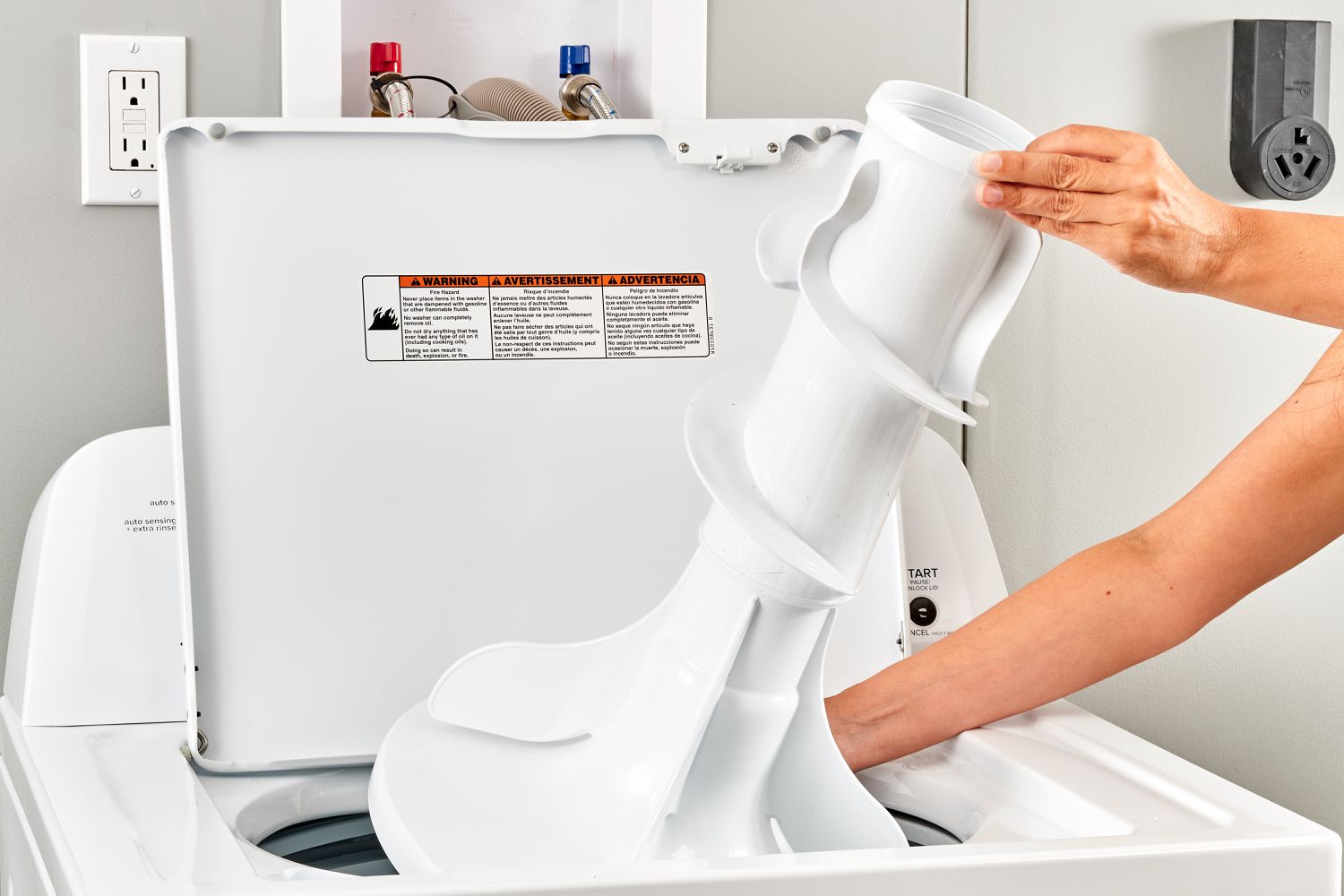
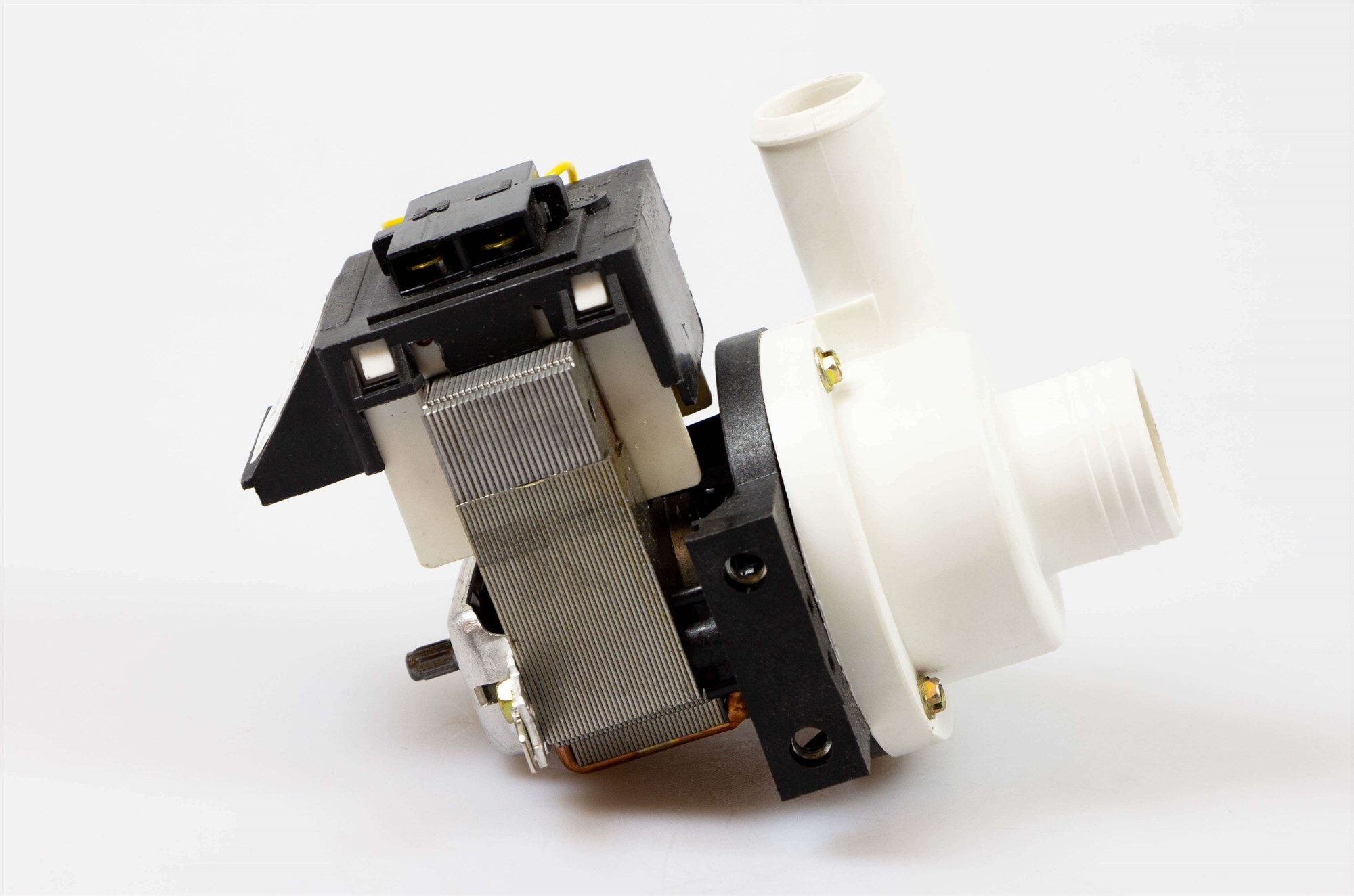
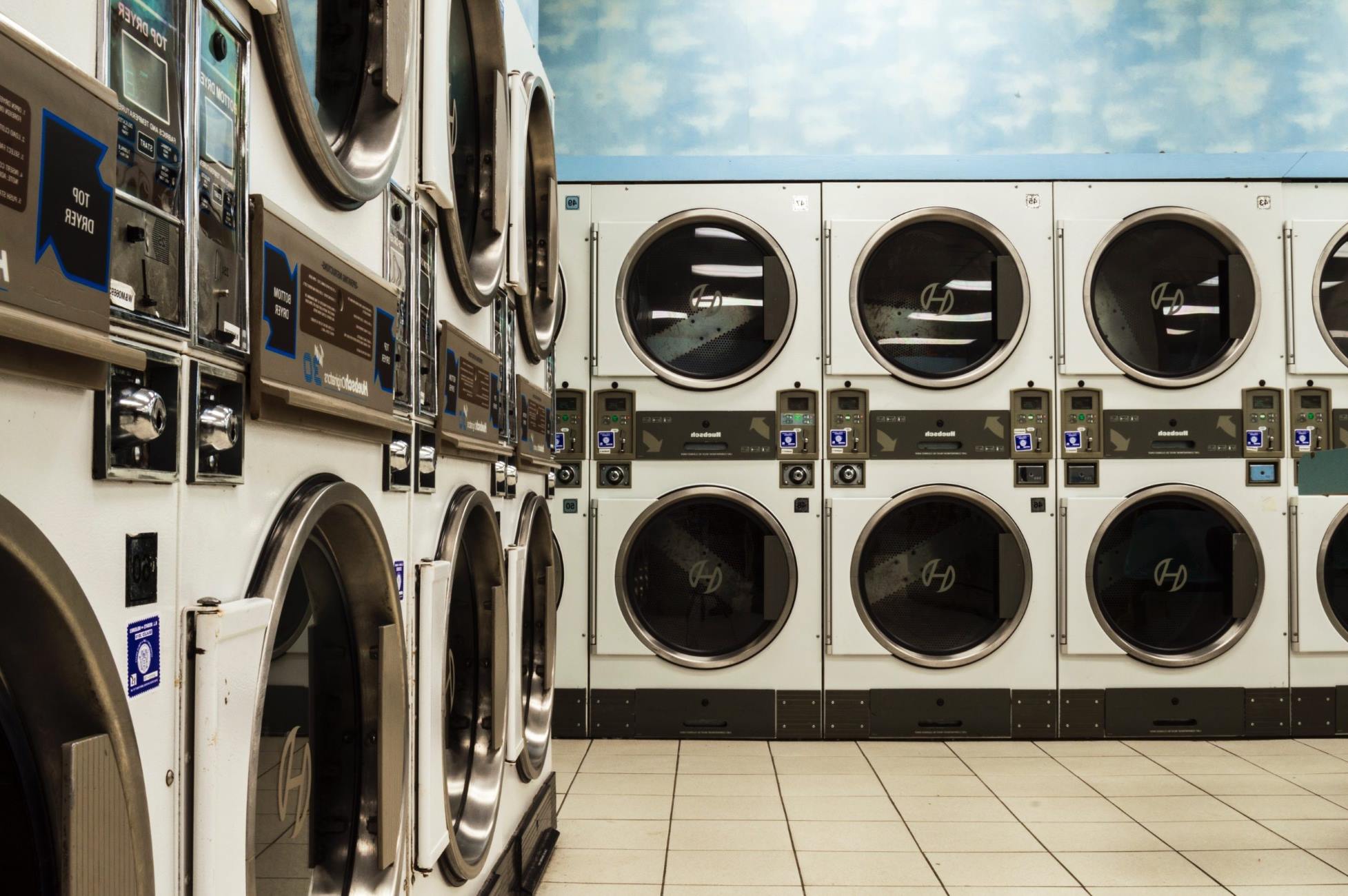
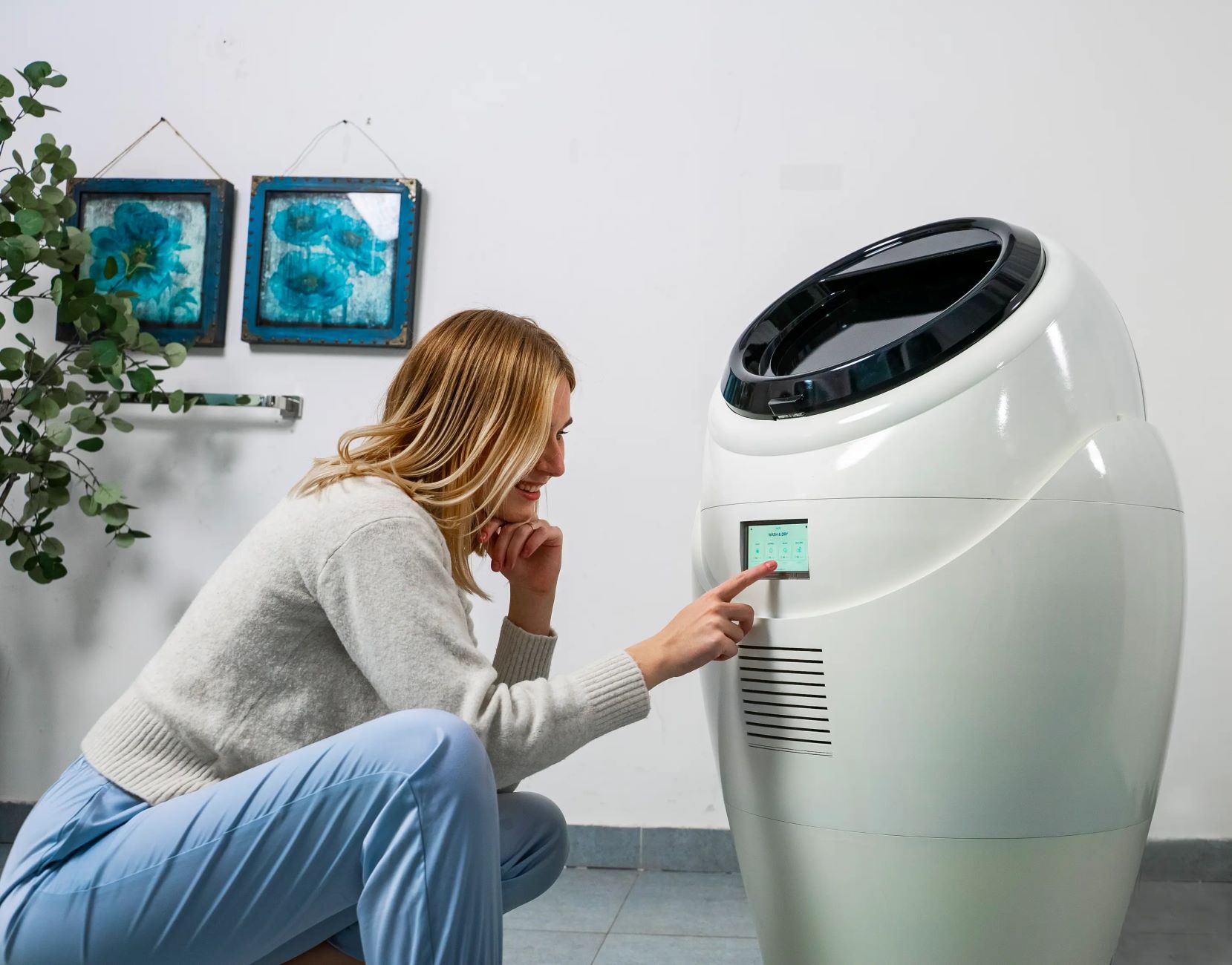
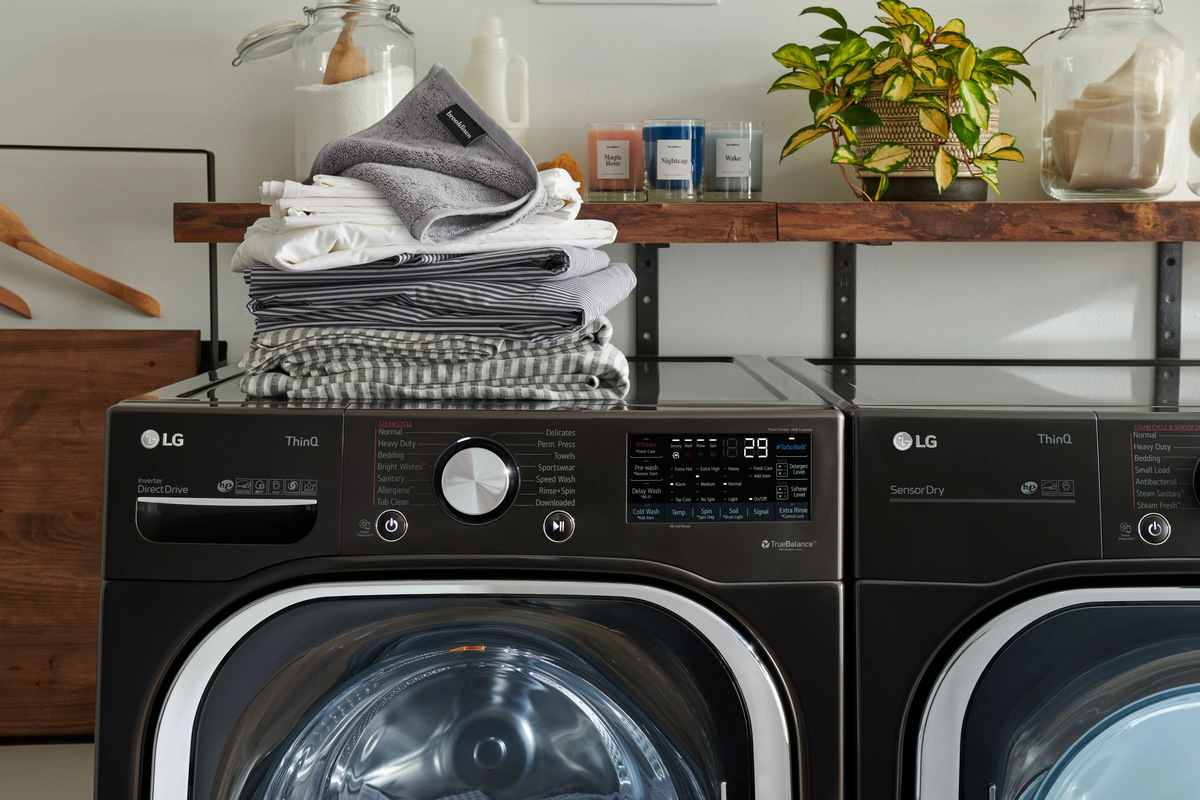
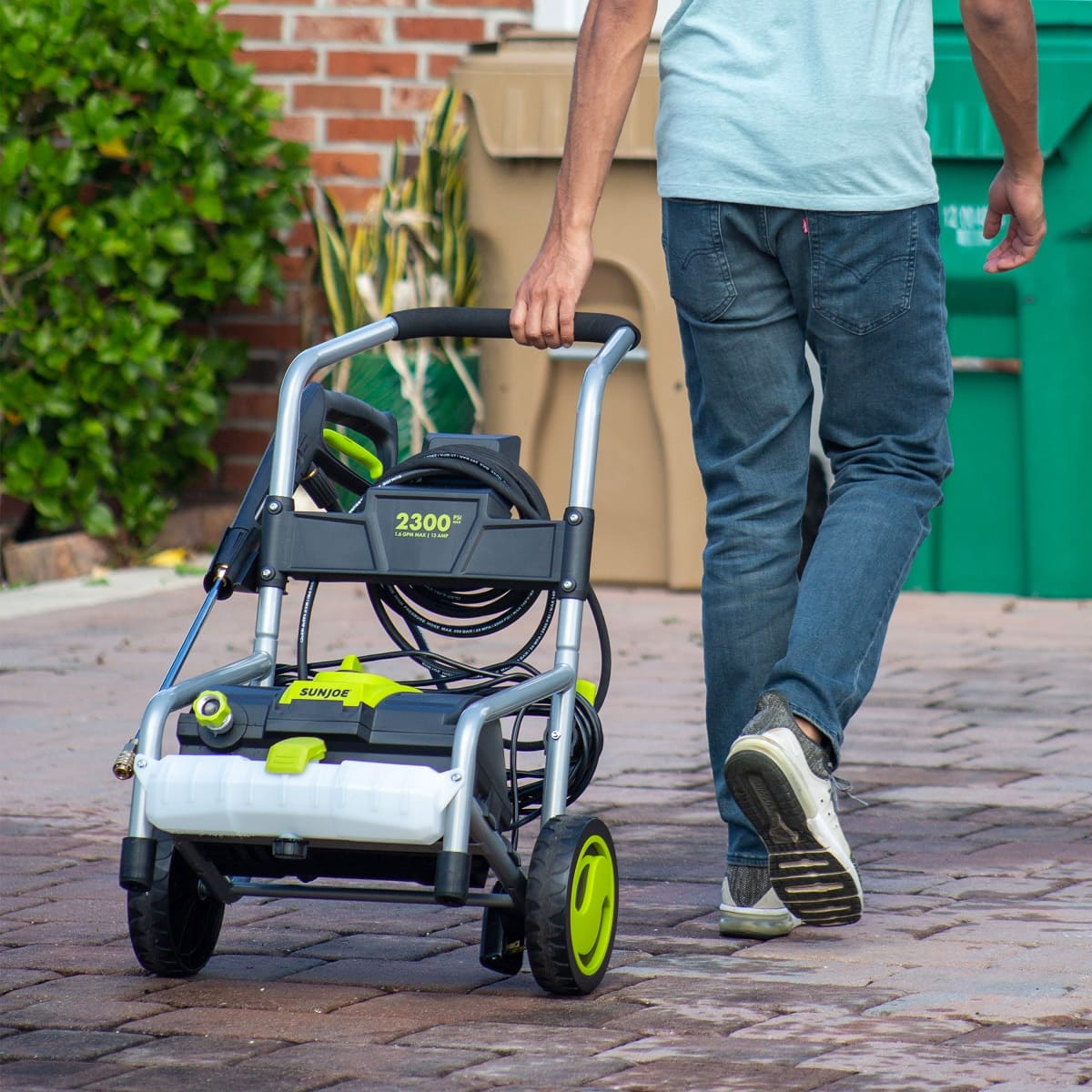
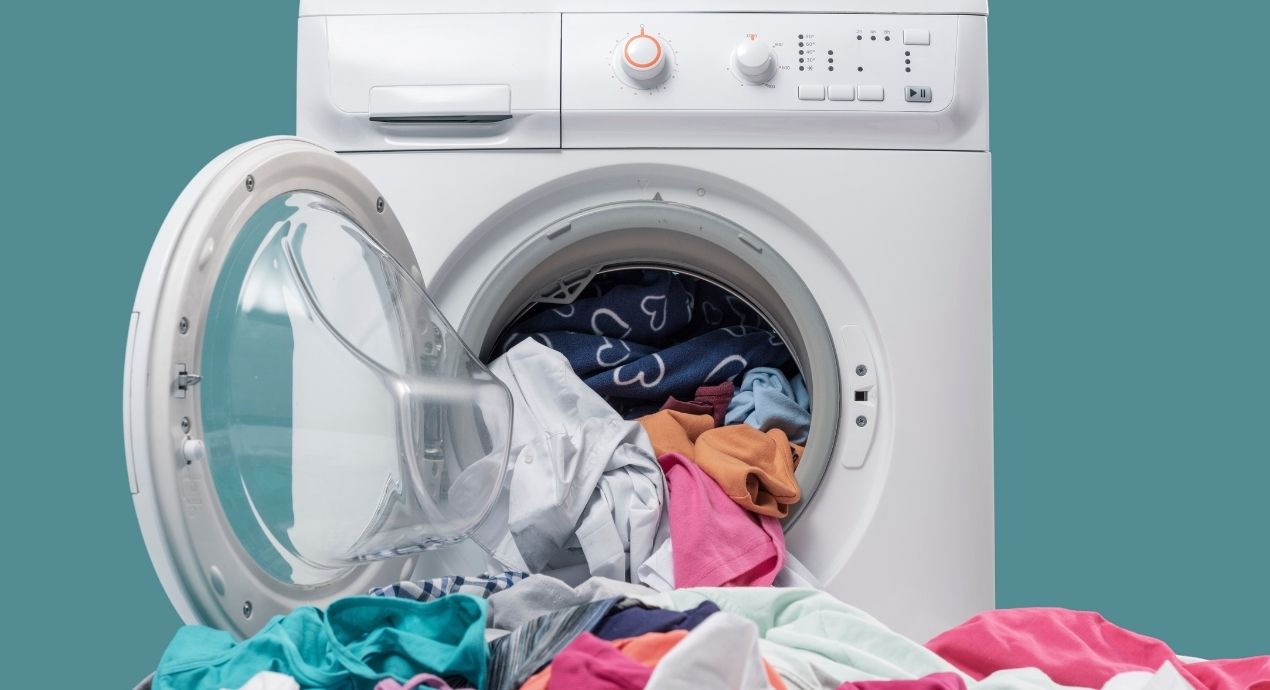
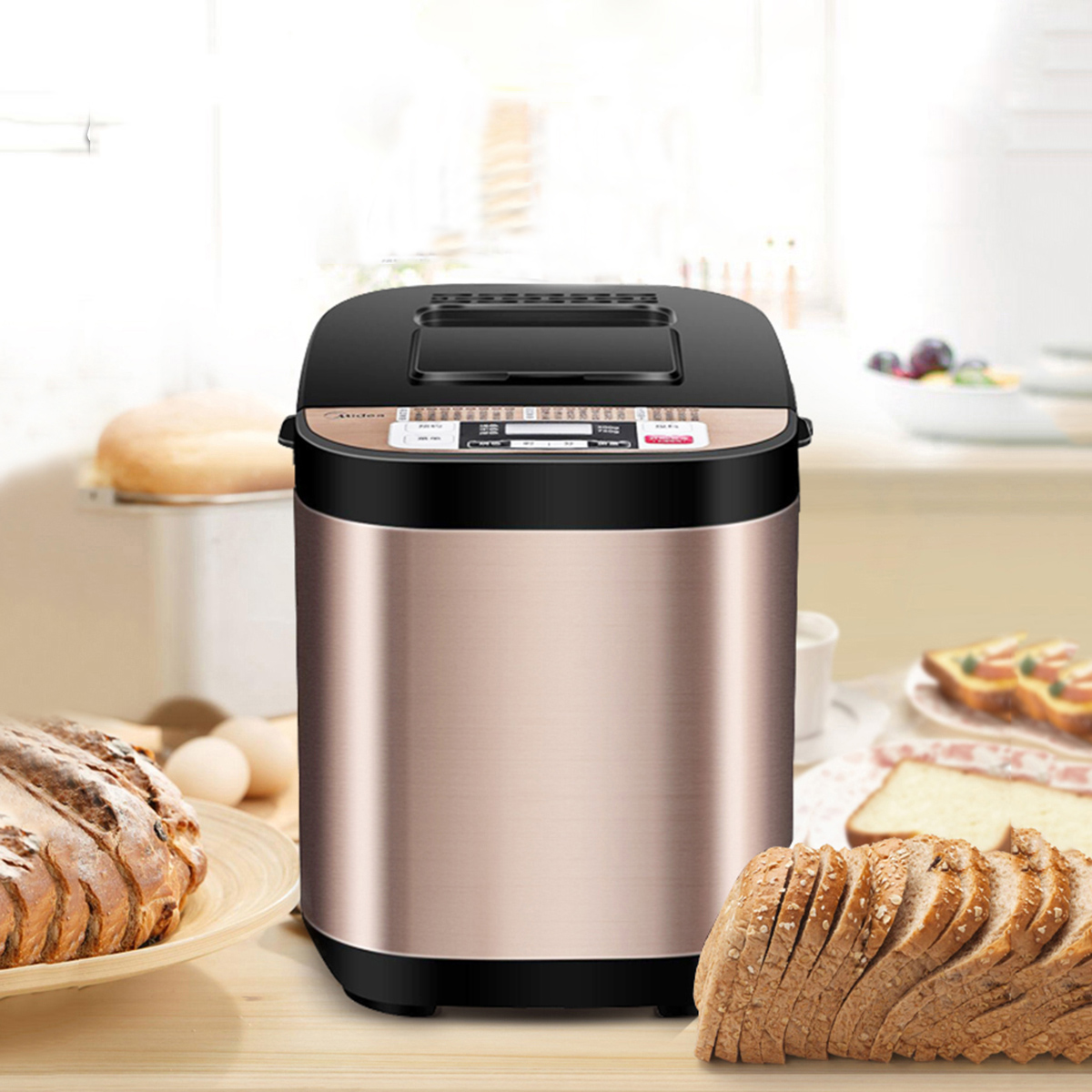
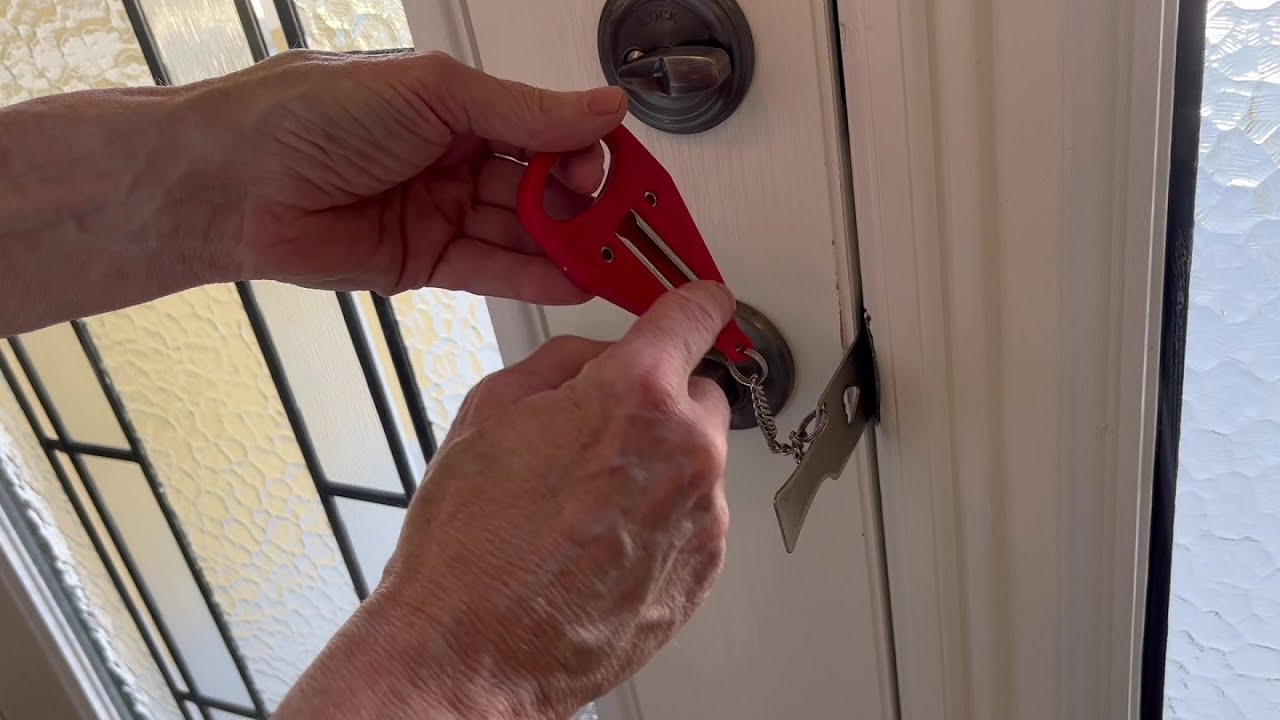
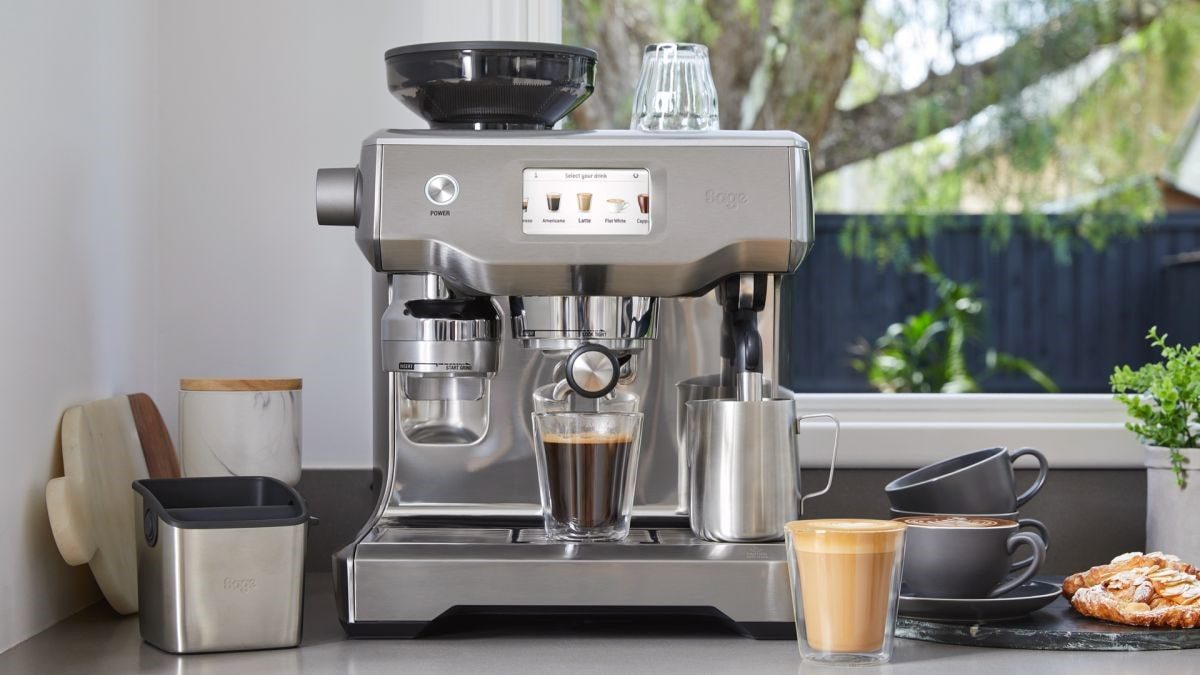
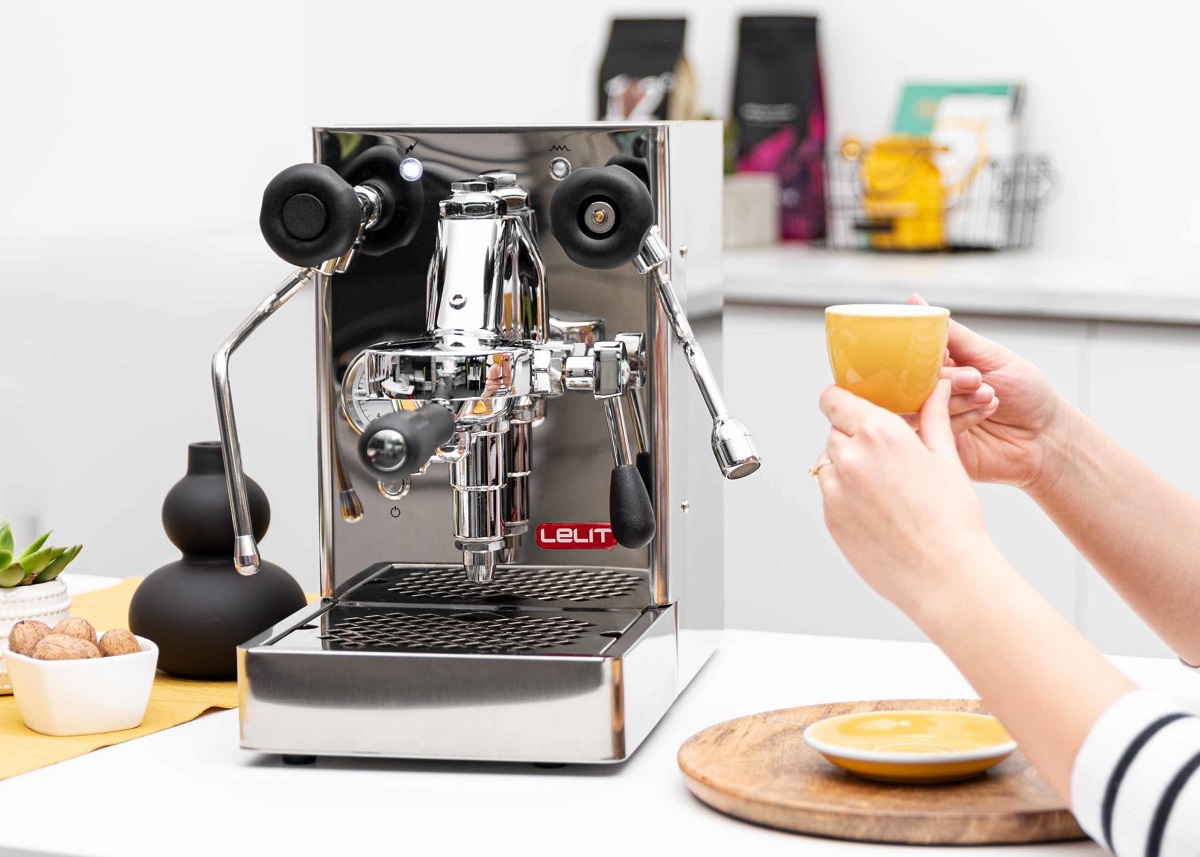
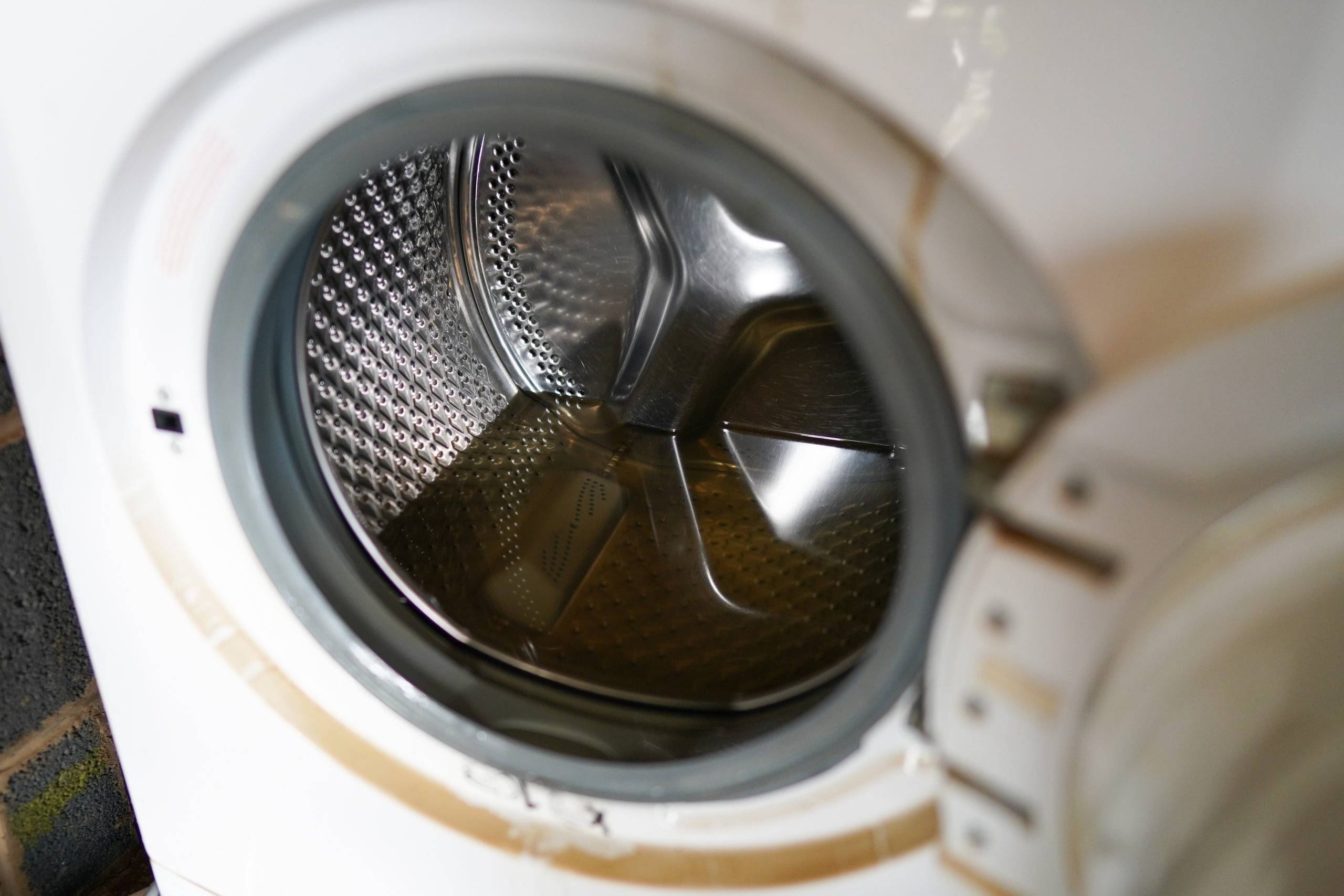

0 thoughts on “How Does A Portable Washing Machine Work”